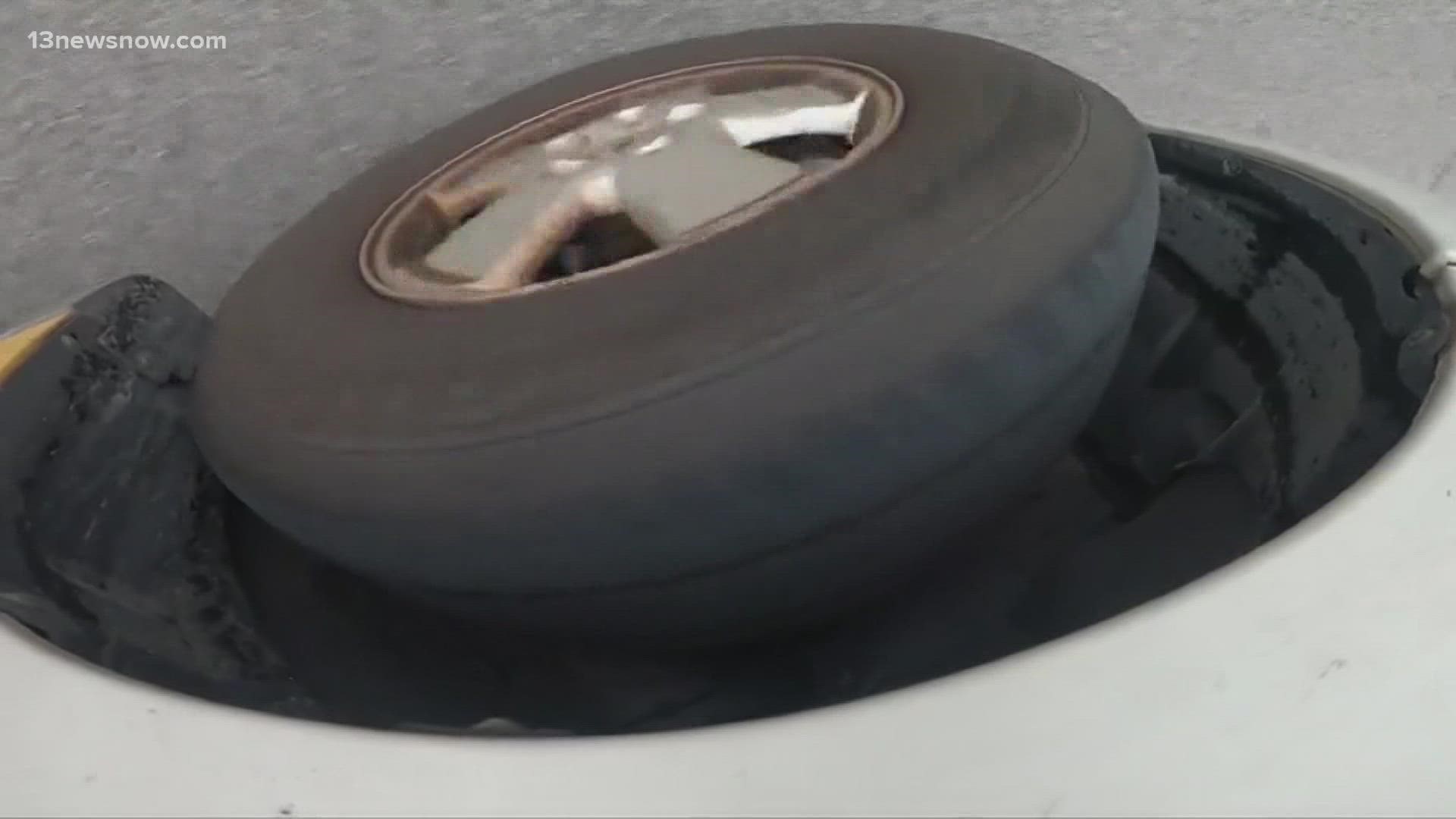SUFFOLK, Va. — In his more than two decades teaching adults and teenagers behind the wheel, there isn't a question Terry Hancock hasn't come across.
That makes him just the right person to help others drive safely.
“People don’t realize they’re driving as fast as they are," Hancock said.
This weekend, Eastern Virginia and northeastern North Carolina will be hit with snow, with estimates ranging anywhere from one to seven inches, depending on the area.
While lowering a car's speed is an important safety measure on the road, Hancock says it's not the end-all-be-all tactic.
“[Decisions] happen in milliseconds," he told 13News Now Friday.
Speed and space
While lowering one's speed is a necessary tool for driving through snow, the space given between cars is equally as important.
“DMV manual used to say 'Reduce speed by one-third in rain, and a half in snow and ice.' But now its changed to increasing your following distance," Hancock said.
Drivers should roughly double the space between themselves and the car in front of them. AAA Tidewater recommends about eight seconds of separation.
One way to measure that distance is to pick a landmark on the road, and count the seconds between when the car ahead of you and your car both pass it.
Braking and steering
In the event you do need to slow down, braking should be both gradual and constant.
“Apply your break, stay on the break, and steer where you want to go," Hancock said. "Keep consistent pressure on it.”
Hancock also said that in certain turning situations, while it might feel like it's going against your natural instinct, relieving pressure off the brake could help if your car is skidding.
“If your tires start locking up on ice, you may want to come up off the brake, so the car can gain traction again. And then start over again by applying light pressure," Hancock said. "The instinct is to put that brake pedal through the floor when the car is going where it’s not supposed to! But sometimes you have to fight that instinct, and actually come up off that brake.”
In the event of any swerving, Hancock recommends that drivers stay calm and look in the direction they want the car to move, rather than frantically looking elsewhere.
“Don’t be looking all around all over the place," Hancock said. "Because your car will go everywhere! Look where you want to go."

